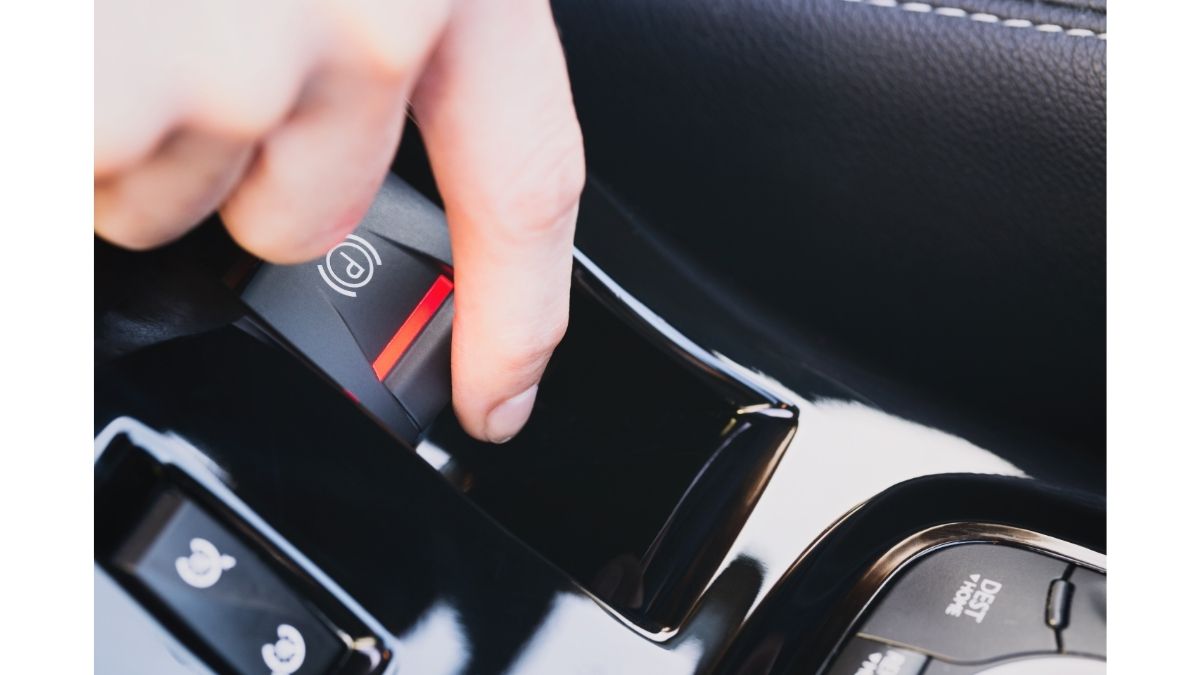International. The electric handbrake has entered the market with excellent performance promises, but also with some technological and maintenance challenges. Like any novelty in the automotive market, it can be the ideal solution or not, depending on the needs of the driver.
To discern the dilemma around which type of brake is best for my vehicle, it's important to understand the differences between conventional (mechanical) handbrakes and new electric handbrake options.
The traditional mechanical handbrake works by means of a lever that pulls a cable that immobilizes the rear wheels of the vehicle. Its location is usually between the pilot's seat and the co-pilot, hence its name, because unlike the brake we usually use when driving, this is activated with the right hand (usually). except in the case of some heavy and utility vehicles, which have the mechanical brake with access in the foot area.
Now, the electric handbrake is operated only by pressing a large key with the letter "P" (which is usually located near the gear lever or where the mechanical handbrake lever used to go), but this type of brake can use two different mechanisms: the Electric Parking Brake (EPB) and the servo motor.
The EPB works by cable, where a motor, instead of the human hand, is responsible for tensing the cable that drives the mechanism of each wheel. For its part, the servo motors, is so called precisely because two servo motors, located at the back of the car (which are coupled to each brake caliper) are responsible for blocking each wheel.
For the Frenkit brand, the EPB type electric handbrake is an excellent solution, because it takes up less space in the cabin, does not involve the use of force, the components do not rust and, when the vehicle has an automated electric handbrake, this type of brake is activated by simply pressing the brake pedal with force, open the door or remove our seat belts.

Other advantages are that it helps in starting on slopes and that it can act in conjunction with the Antilock Braking System (ABS), to avoid skidding in times of emergency, locking the rear wheels alternately.
However, being a more sophisticated system, repairs are not for all owners, so a workshop is recommended and it must also be verified that it receives the appropriate voltage, so that it does not have malfunctions, in addition to requiring the help of the battery, so it must also be in good condition. But, if we take into account that the mechanical handbrake also requires periodic revisions, we are before a maintenance novelty that does not exceed the normal levels of care and prevention.














